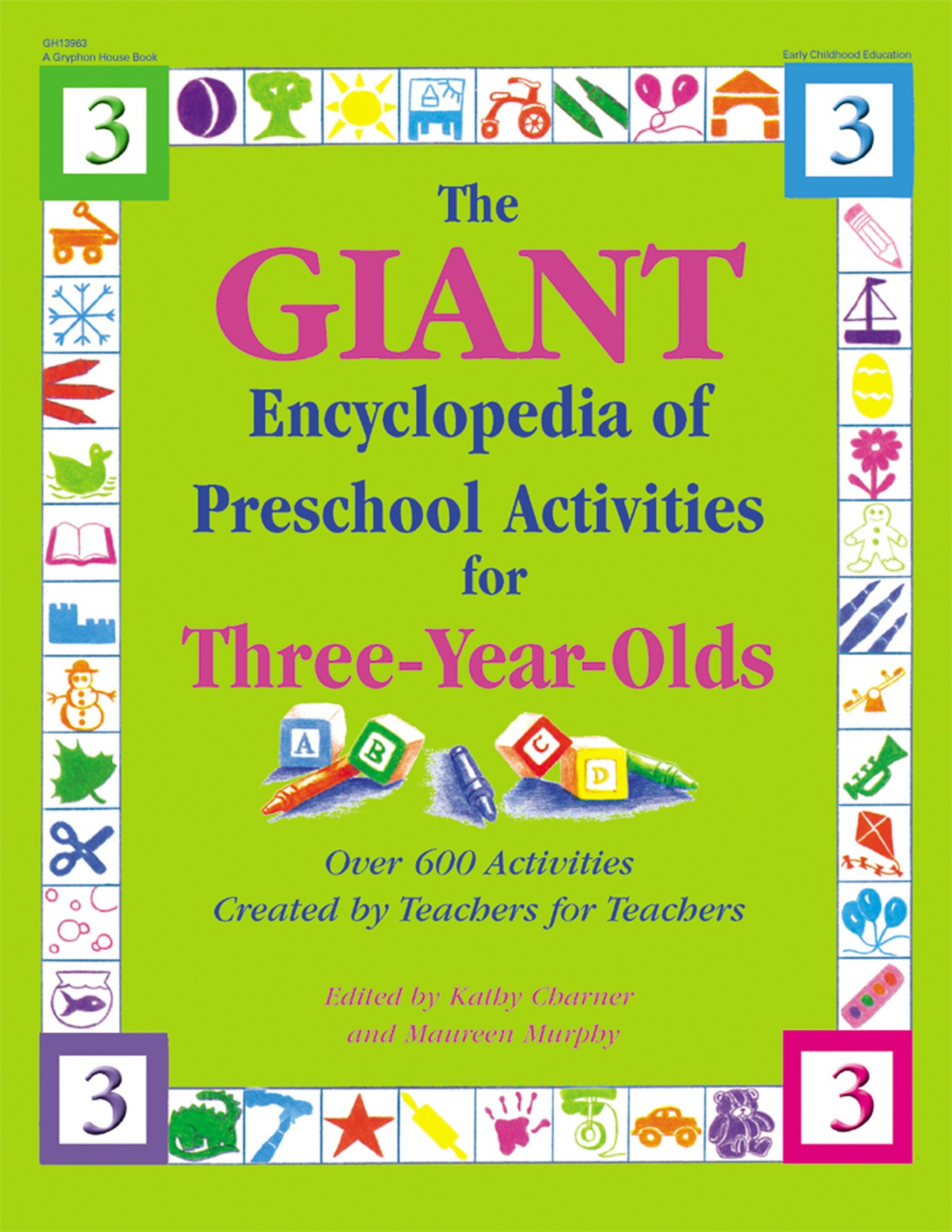Materials
Markers
Four pieces of poster board, each a different color
Seasonal stickers, confetti, and party goods
Art materials, such as sand, glitter, pipe cleaners, and cotton balls
Glue sticks
Magazine pictures of different seasonal things, such as clothes, weather,holidays, and so on
Instructions
1. Give each child a tile square to use as a workspace when using modeling
dough. This keeps the modeling dough in one place and minimizes dough on
the floor, where it can be tracked into carpeted areas.
2. Make sure children wash their hands before and after using modeling dough.
Washing first keeps the dough clean and relatively free from germs.
3. Some children will spend days squeezing and mashing the dough, discovering
and enjoying its tactile qualities. Don't rush children through this stage. It is
an important stage in learning and is also a good experience for strengthening
small muscles and coordination.
4. Some children will work with dough by putting small pieces together to make
a larger figure; others, by pulling small amounts from a large piece. Respect
both ways of creating both are valuable.
5. For three-year-olds, the pleasure of using modeling dough is in the process of
playing with it. Don't rush children to make specific items.
6. To keep children interested in playing with the modeling dough, add other
items
7. Alternate adding rolling pins, plastic knives, craft sticks, blunt scissors, or
cookie cutters. Avoid adding too many items at once. Too many might distract
from the modeling experience.
More to do
Math: Encourage the children to divide their dough into several balls. Ask the
group to help each child count the balls he made.
More Math: Encourage the children to divide their dough into four balls of
different sizes. Have them arrange their dough balls in order from largest to
smallest or from smallest to largest.
